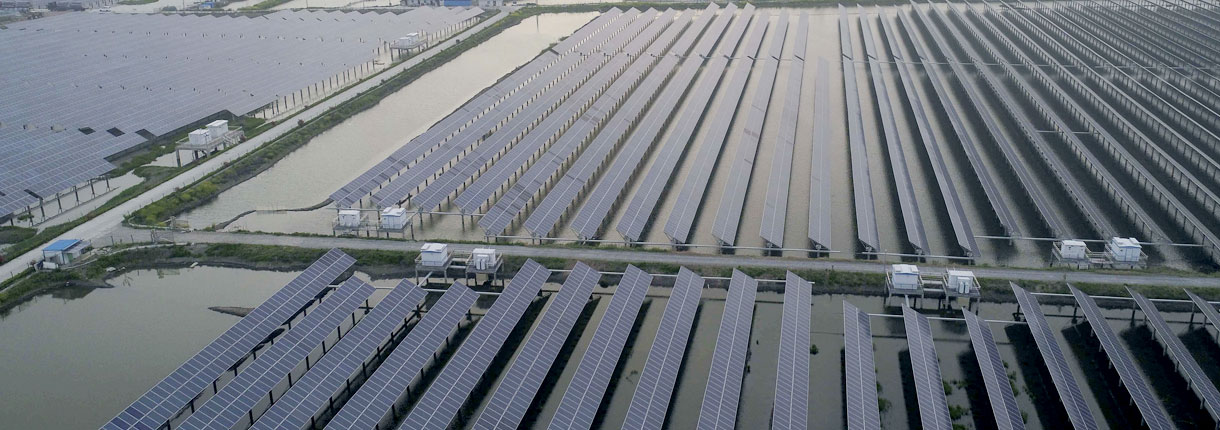Installation method: distributed fishing and light complementary
Material quality: hot-dip galvanized / zinc-aluminum-magnesium / weathering steel Place of
Origin: Tianjin·Jinghai
"Fishing and light complementation" refers to the combination of fish farming and photovoltaic power generation. A photovoltaic panel array is installed above the water surface of the fish pond. The water below the photovoltaic panel can be used for fish and shrimp farming. The photovoltaic array can also provide a good shielding effect for fish farming. The new power generation model, which can generate electricity on the upper side and raise fish on the lower side, has the characteristics of "single-site dual-purpose, complementary fishing and light".

The light-complementary model is mainly used in characteristic breeding. Because solar panels are installed on the fish ponds, the light is reduced and the shading effect is formed, which has a greater impact on light-loving fish, so it is more suitable for the breeding of characteristic fish that do not like light. In addition, the electric energy of the photovoltaic power station can be directly used for breeding electricity, which reduces the cost of breeding. Compared with other types of distributed photovoltaics, there is another advantage of complementary fishing and photovoltaics. Since the power station is built on the water of the fish pond, the ambient temperature of the water surface is lower than that of the ground, and the spacing between the components is larger than that of the traditional power station. Good sunlight, ventilation, and cooling environment are beneficial to extend the life of photovoltaic power generation components and improve power generation efficiency. The first task of the fishing-light complementary power station is to choose a suitable location. A suitable address directly determines the benefits of the fishing-light complementary power station, and more in-depth is directly linked to the success of the fishing-light complementary power station.
When choosing a site, the following conditions are given priority:
(1) Abundant solar energy resources;
(2) Close to the substation connected to the system;
(3) Convenient transportation;
(4) The land is flat and covers a large area.
Then try to avoid the following conditions:
(1) The site area is a small reservoir, flood discharge area, flood detention area, flood discharge area, etc.;
(2) The site area is all along the beach;
(3) The site area is located in the salt field;
(4) The site area is navigable waters;


